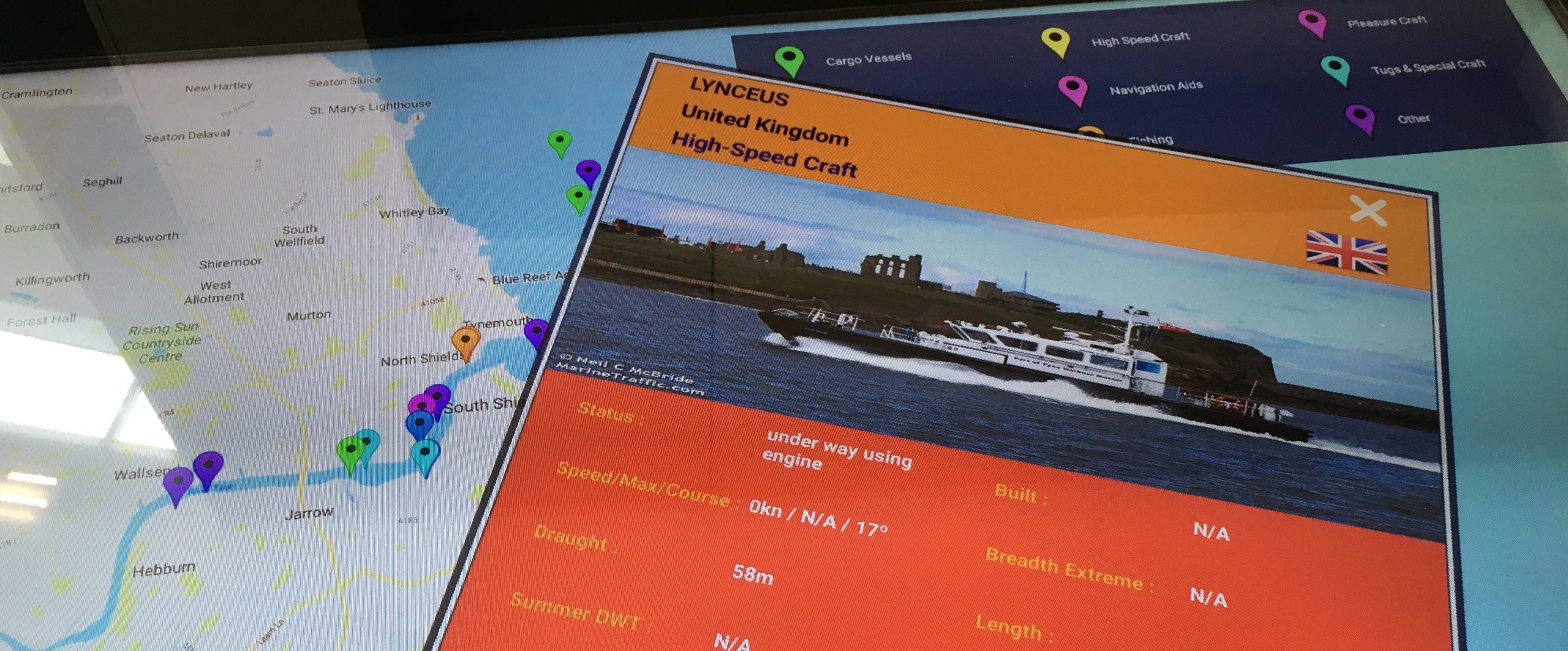There seems to be no stopping the rise of interactive displays in museums, but what makes them so compelling? Let’s investigate!
In recent years museums began to experience a sharp decline in attendance as they found it difficult to compete with the resources available online. However, since discovering how to benefit from technology, interactive displays in museums are beginning to attract large numbers of visitors, particularly amongst the younger age groups. Consequently, museum managers and curators are including touch screen kiosks, tablets and virtual reality devices to create innovative and imaginative exhibitions to help their visitors feel as though they have stepped back in time.
One of the world’s most famous museums is the Victoria and Albert Museum in London. Founded in 1852, it has international fame and reputation that has seen it able to be at the forefront of utilising technology to enhance the interactive quality of the exhibitions it stages. Many other long-established museums are following the V and A’s example.
The Birmingham Museum and Art Gallery opened its doors in 1885 and has the world’s largest collection of Pre-Raphaelite paintings by artists such as Birmingham born Edward Burne-Jones (1833-1898), John Everett Millais (1829-1896) and Dante Gabriel Rossetti (1828-1882). The museum has included interactive features throughout to create interesting displays to stir their visitors’ imaginations.
Smaller museums
However, interactive displays in museums are not just confined to the larger establishments. Many smaller museums that are unable to command a comparative level of funding and attention are undaunted as they too are beginning to realise the advantages of installing touchscreen devices to enhance their exhibitions.

For example, the Robert Burns Museum, dedicated to Scotland’s national poet, is situated in the tiny cottage where he was born in 1759. Although space and resources are limited, the museum is using technology to allow the visitors to freely explore the cottage and different aspects of Burns’ life and work. They have included entertaining interactive quizzes in addition to visual and audio features that highlight his poems and songs. Features such as QR code downloadable apps can provide visitors with extra information, helping the museum to add extra content to the displays and avoid the cost of printing surplus guide books.
Family fun
Another small museum to discover the benefits of interactive displays is Pontefract Museum in West Yorkshire. The museum has recently invested in the complete refurbishment of the building, which dates back to 1904, and the exhibition galleries.
Items now on display include the first ballot box ever used and the Ackworth Hoard of gold coins dating back to the Seventeenth Century English Civil War. However, the museum has also installed new technology to ensure visitors enjoy an unforgettable experience with interactive displays specifically designed for families.
Maps
Interactive touchscreen devices can be invaluable for providing maps of the layout of the exhibition halls. For instance, the Victoria Gallery and Museum in Liverpool, which features the work of the Nineteenth Century wildlife artist, John James Audubon (1785-1851), has utilised technology to create a free App that gives an interactive guided tour of the entire museum.

The App also highlights interesting exhibits displayed across the three floors of the museum and is accessible through tablets that visitors can borrow if they haven’t brought their own.
Customisation
One of the greatest advantages of using interactive displays in museums is that they can be customised to suit an individual museum’s requirements. Bespoke operating functions can be installed that present information for visitors in a simple, clear format that is easy to use.
With Mobile Device Management (MDM) software to add an exciting new dimension to an exhibition, updating of information is quick and easy, even on a daily basis. The software will include a lock down mode to prevent visitors accessing the data, while the hardware kiosks or touch screen devices are stylishly presented and strong enough to withstand constant use. Various features can be included such as ticket dispensing and market research facilities to assist in planning future exhibitions.
Cost-effective interactive displays in museums
Interactive displays in museums can be in a variety of formats such as video walls, touch screen kiosks or virtual reality devices that can make history seem exciting and lifelike. Every museum, regardless of size or resources, is realising the benefits to be gained from investing in a variety of interactive displays that will add the fun and excitement that younger visitors in particular will enjoy. Installing high quality interactive display systems is an extremely cost-effective and versatile way to increase visitor rates.
[divider style=’left’]
At LamasaTech we’re fascinated with the ways in which interactive technology can be used to create compelling experiences. If you’re looking to embrace this exciting new technology, get in touch with a member of our expert team for a free consultation.



